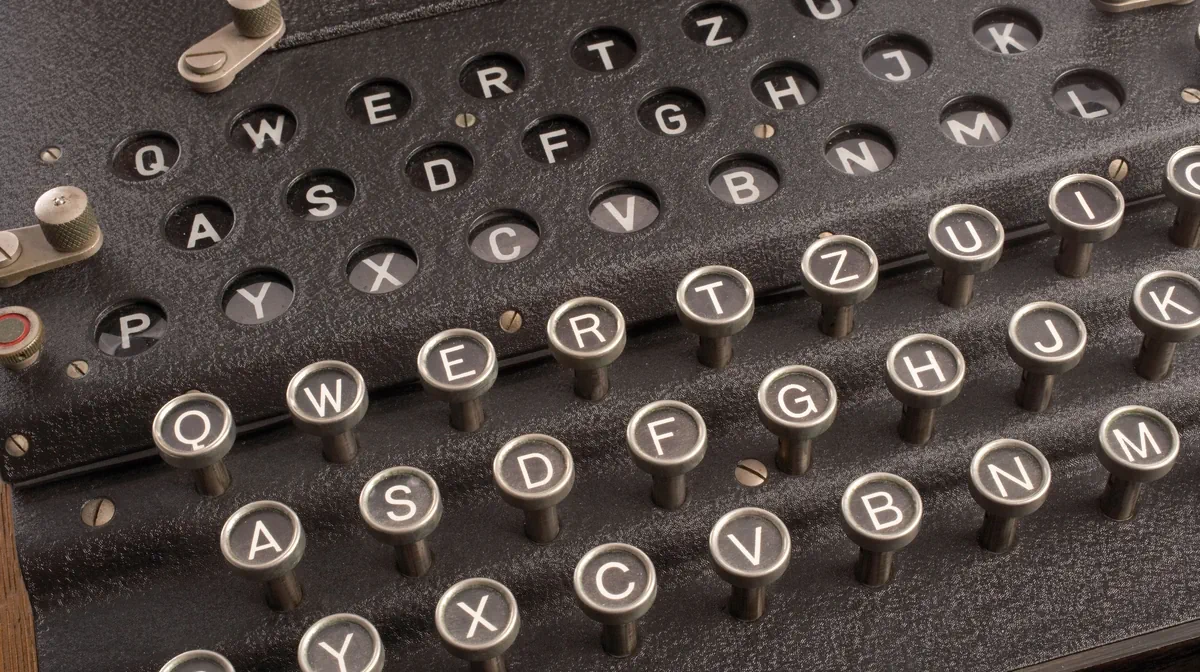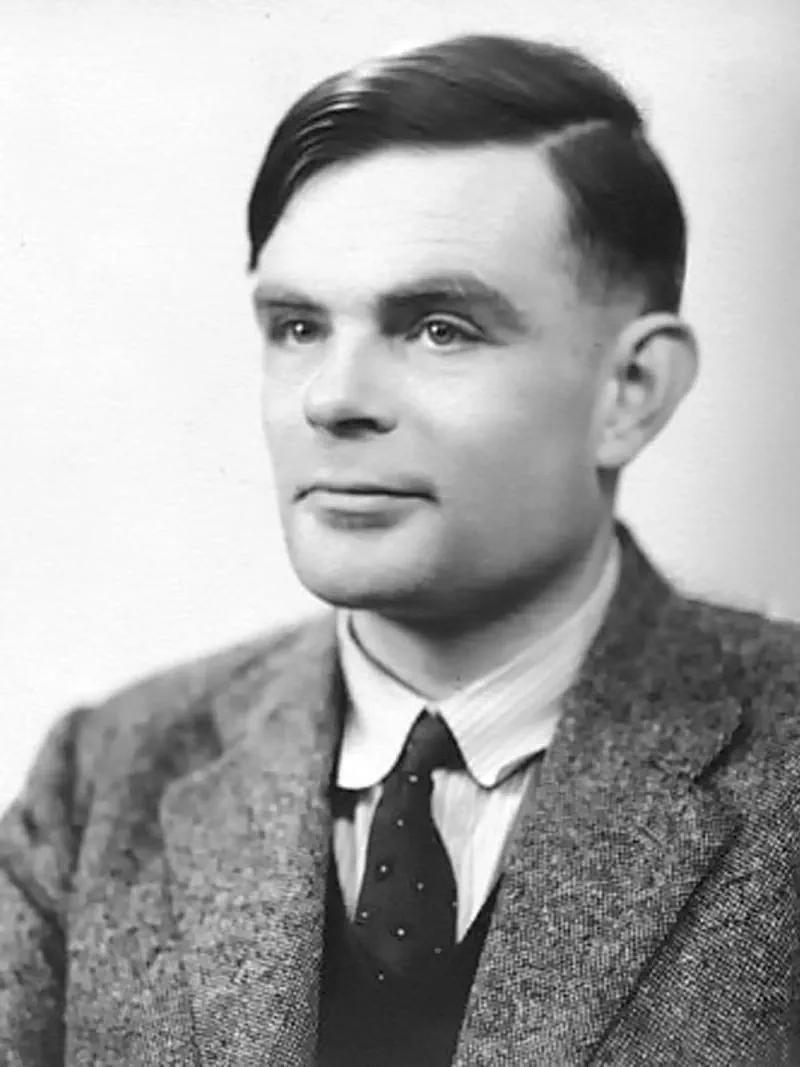Unveiling the story of how a team of brilliant minds at Bletchley Park changed the course of history.

The Enigma of Enigma
During World War II, the German military relied on the Enigma machine to encrypt their communications. This complex device used a series of rotating rotors and plugboard settings, resulting in approximately 150 quintillion possible configurations. The sheer complexity made the Enigma code seem unbreakable.
Enter Alan Turing and the Bletchley Park Team
Alan Turing, a mathematician and logician, joined the Government Code and Cypher School at Bletchley Park. Collaborating with a team of cryptanalysts, including Gordon Welchman, Turing developed the Bombe—a machine designed to expedite the process of deciphering Enigma-encrypted messages.
The Bombe worked by simulating the Enigma machine's operations, systematically eliminating incorrect settings and narrowing down the possible configurations. This innovation dramatically reduced the time required to break Enigma codes, turning a task that once took weeks into one that could be accomplished in hours.

The Impact of the Bombe
The successful decryption of Enigma messages provided the Allies with invaluable intelligence, influencing the outcomes of critical battles and operations. Historians estimate that the efforts at Bletchley Park, spearheaded by Turing and his colleagues, shortened the war by up to two years and saved countless lives.
Legacy and Recognition
While the Colossus computer is often credited as the first programmable digital computer, it was the Bombe that played a crucial role in deciphering Enigma codes. Turing's contributions laid the foundation for modern computing and artificial intelligence. Today, his legacy is honored worldwide, including his depiction on the UK's £50 note.
Explore More
Interested in trying your hand at classic ciphers? Visit our Cipher Tools to experiment with Caesar, Atbash, and Vigenère ciphers.